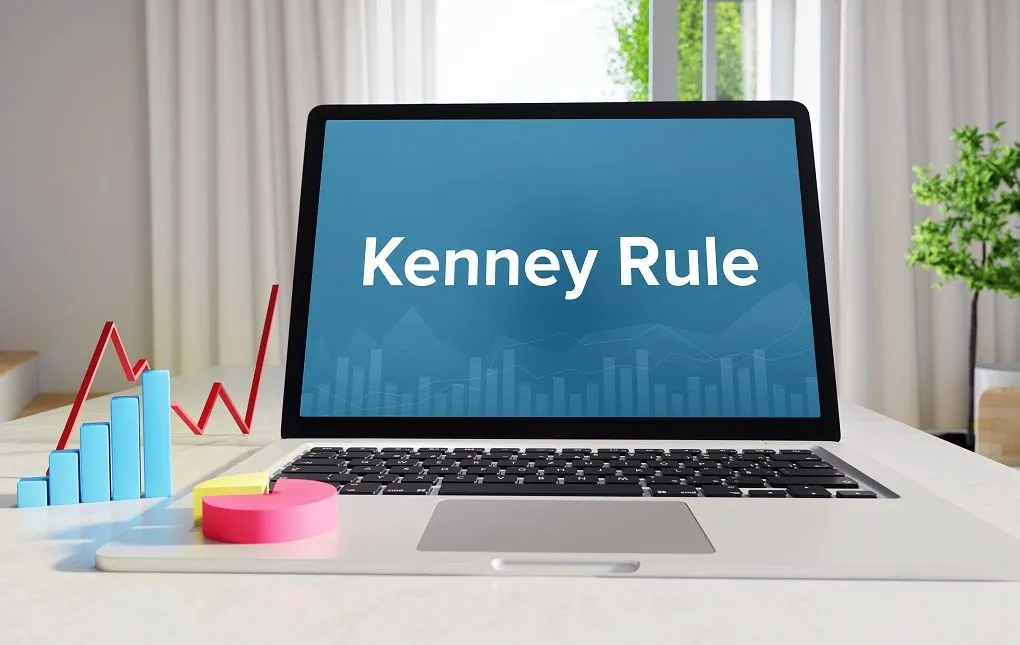
New York City Mayor Bill de Blasio recently announced a new policy called the Kenney Rule that would require many businesses in the city to provide paid sick leave to employees who have worked more than 80 hours in the past year. How will this new rule affect you? Keep reading to find out more about the Kenney Rule and how it might affect your bottom line.
The Kenney Rule Defined
/shutterstock_253136563-5bfc2b98c9e77c00519aa7a8.jpg)
The Kenney Rule is a policy that insurance companies use to determine how much they will charge policyholders for their premiums. The rule is named after its creator, Dr. James Kenney, who developed it in the early 1990s. Insurance companies use a variety of factors to calculate premiums, but the Kenney Rule is one of the most important. Here’s how it works: insurance companies take into account the amount of risk that a policyholder poses, as well as the policyholder’s age, health, and other factors. They then use this information to calculate the premium that the policyholder will pay. The Kenney Rule is designed to help insurance companies keep their premiums affordable for policyholders while still making a profit.
The Kenney Rule is controversial because it’s not based on a policyholder’s actual claims history. In fact, you can have no claims at all and still be subject to higher premiums if your risk factor score is high enough. This doesn’t always happen, but it does in some cases. So, what exactly determines a policyholder’s risk factor score? According to Dr. James P. Kennay himself, there are 14 different factors that insurers consider when assessing risk. These include things like an individual’s age, occupation, gender, geographic location, marital status, and even race. Policyholders with lower risk factor scores get better rates; those with higher scores pay more. One way to potentially lower your rate is by checking out your own insurer company’s website. Often times they offer discounts or other incentives to people who are healthier or older.
Who Uses the Kenney Rule

The Kenney Rule is used by entrepreneurs, small business owners, and startup companies. This rule helps them determine how much money to raise and when to raise it. The Kenney Rule can also be used by larger businesses to help them make decisions about their growth. For example, if the company needs $100 million in capital to grow at a 10% annual rate, then they would need to raise that amount of capital within three years.
The rule can also be used for mid-sized businesses. If a company needs $3 million in capital to grow at a 20% annual rate, then they would need to raise that amount of capital within one year. For large corporations, these types of calculations can help them determine how much capital they need to plan for future growth opportunities or acquisitions. Larger companies also use forecasting models to forecast market demand and calculate inventory levels based on their supply chain and financial requirements.
Pricing Strategies With the Kenney Rule
![PRICING] Define the perfect price strategy for your products](https://static.doofinder.com/main-files/uploads/pricing-o-estrategias-de-precios-1.jpg)
The Kenney Rule is a strategy that can be used when pricing products or services. This rule takes into account the perceived value of the product or service, as well as the cost of production. The goal of the Kenney Rule is to ensure that customers are getting a fair price for the product or service, while also making a profit for the company. There are three main pricing strategies that can be used with the Kenney Rule: cost-plus pricing, value-based pricing, and competition-based pricing.
Cost-plus pricing is one of three strategies that can be used with The Kenney Rule. This strategy takes into account your costs, as well as market prices. For example, if your costs are $200 per unit but you believe customers will pay more than that for your product or service, then you might consider using cost-plus pricing to cover those additional costs. To determine what to charge with cost-plus pricing, simply add a certain percentage (the percentage varies based on several factors) onto whatever you pay for each unit. Value-based pricing is a similar strategy to cost-plus in that it also considers production costs and market prices; however, it doesn’t take an additional percentage off of these values like cost-plus does.
Negotiating Tips Using the Kenney Rule

The Kenney Rule is a simple concept that can be used in any negotiation. The rule states that you should never accept the first offer. By holding out for a better offer, you can often get what you want. However, there are some exceptions to this rule. If the other party seems desperate or if you have a time limit, it may be best to accept the first offer.
This can be easier said than done. If you have trouble negotiating, there are some steps you can take to help get you to that desired outcome. The first is to know your boundaries before going into a negotiation. Think about what is important to you and what is a deal-breaker in each scenario so that when a counteroffer is presented, you will know whether or not it’s something that could work for you.
Protecting Yourself Against the Kenney Rule

The Kenney rule is a legal principle that says a company cannot be held liable for the actions of its employees if those employees were acting outside the scope of their employment. This rule is designed to protect businesses from being sued for the wrongful actions of their employees. However, there are some exceptions to this rule. For example, if an employee is acting within the scope of their employment and causes harm to someone, the company can be held liable. Additionally, if an employee commits a crime while on the job, the company can also be held liable. To protect yourself from the Kenney rule, it’s important to have a clear understanding of what your employees are allowed to do while on the job.
If you are concerned about getting sued, there are some things you can do to help protect yourself. For example, having a written agreement with your employees spelling out what they can and cannot do while on your job site. Additionally, you should make sure your employee understands that he or she is expected to follow all laws while on your property. While following these steps won’t necessarily prevent a lawsuit entirely, it will give you some extra legal protection if an accident happens while one of your employees is at work.